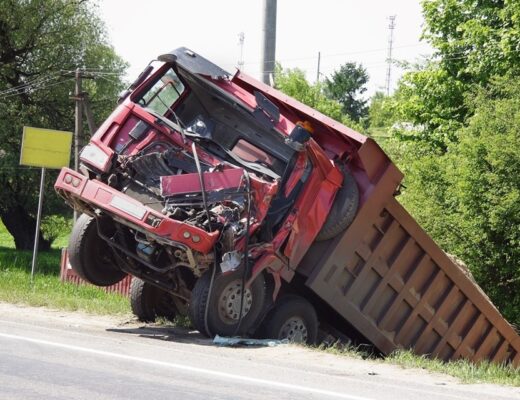Motorcycle riding has its place in the hearts of Texas residents and visitors. Unfortunately, the Lone Star State also leads in terms of motorcycle accidents in the U.S., claiming hundreds of lives annually. Houston is one of the most dangerous cities for motorcyclists. Neglect is a significant cause of these accidents, but it’s usually hard to determine the culprits in such scenarios.
Victims should get qualified Houston motorcycle accident attorneys who determine the negligent party by providing substantial evidence.
Here’s a look at identifying liable parties and relevant insights if you’re a rider seeking justice.
Understanding The Basics Of Negligence In Texas
In 2021, The Texas Department of Transport recorded over 10,000 motorcycle crashes. The entity also cited that negligence is a major cause. This is considering the statistics that 36% of riders in 2020 were unlicensed.
As identified by state law, neglect is among Texas’s fault levels. These levels include:
- Intention misbehavior. Motorists who intentionally hurt other road users.
- Failure to safeguard the safety of others.
- Deliberate recklessness that can harm other motorists.
- Strict liability. Holding parties responsible regardless of their intentions at the time of the accident.
Key Elements Under The Negligence Law Concept
Negligence in motorcycle accidents is defined by different concepts. Here are the four key elements that should be present:
- The involved party had to follow necessary regulations, such as traffic lights.
- The act of breaking certain traffic regulations.
- A neglectful party inevitably causes events that can lead to various implications, such as injuries.
- The defendant leads to the projected damage and injury to the plaintiff.
Ways To Identify Negligent Parties In Texas’ Motorcycle Accidents
Firstly, it’s advisable to remain at the accident scene unless carted off by ambulance. The next step should be contacting the authorities to draft a report on what happened before and after the event.

You can gather additional information while at the scene in different ways. Here’s the relevant information to collect and the methods to use:
- Get the driver’s name, plate number, address, license details, and insurance carrier information.
- Acquire any video evidence. Different vehicles (those driving behind you) can have video evidence of the one at fault. It’s an advantage if you have a helmet camera.
- Obtain a witness statement. Pedestrians and other motorists can be excellent parties in proving your innocence. Ensure you have it recorded and can call up the respective individuals to testify.
- Take photographs. You can capture the immediate state of the scene after the occurrence of an accident. Also, capture the state of the roads if they led to the motorcycle accident.
A thorough evidence collection process helps your attorney counter defenses effectively. This is especially true in the case of comparative negligence.
So, what happens in a comparative negligence scenario? Read on to find more.
Factoring Comparative Negligence
Most motorcycles and vehicles have been involved in shared negligence. This occurs when all parties are unsuccessfully unable to avoid the inevitable collision. In such scenarios, Texas allows people to claim compensation even if they are partially at fault for the accident. They are, however, disqualified from submitting claims if their negligence exceeds 50%.
Conclusion
Determining the negligent parties in motorcycle accidents is more challenging than in other motor clashes. Luckily, Texas laws allow riders to prove their case, especially in the presence of a professional attorney.
Collecting evidence while on the scene can help the lawyer build a strong case for you as a victim. This is also essential considering the biased nature of people judging bikers as the automatic culprits.







No Comments